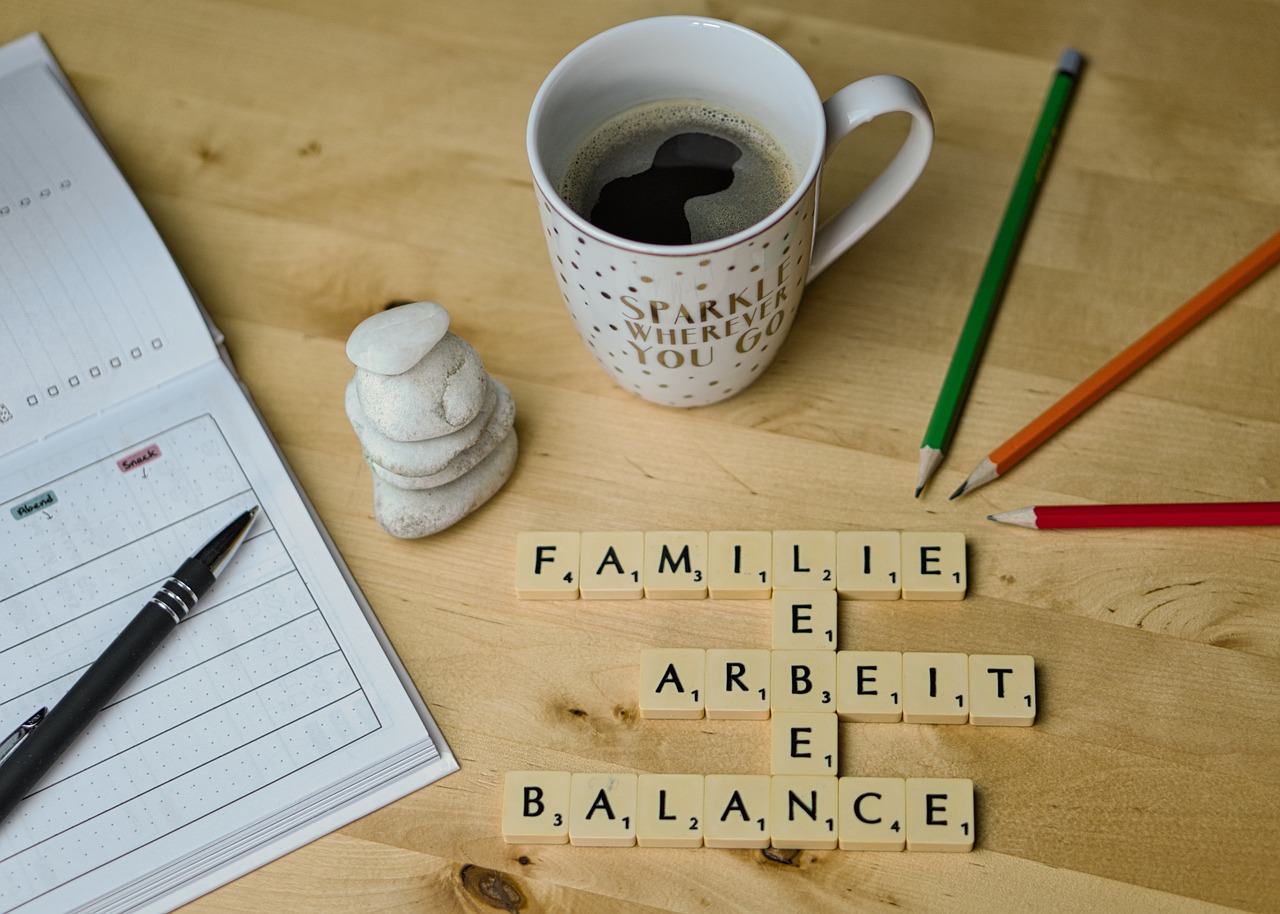The Importance of Work-Life Balance for Employee Well-Being
In today’s fast-paced work environment, achieving a healthy work-life balance is essential for employee well-being and overall productivity. The lines between work and personal life have become increasingly blurred, leading to stress, burnout, and decreased job satisfaction. In this blog, we will explore the importance of work-life balance, discuss its benefits, and provide strategies for achieving and maintaining a balanced lifestyle.
Understanding Work-Life Balance
Work-life balance refers to the equilibrium between professional responsibilities and personal life. It involves allocating time and energy to both work and personal activities in a way that promotes well-being and reduces stress. Achieving work-life balance is crucial for maintaining physical, mental, and emotional health.
Benefits of Work-Life Balance
Improved Health and Well-Being: A balanced lifestyle reduces stress levels and prevents burnout, leading to better physical and mental health. Employees who have time for self-care, exercise, and relaxation are less likely to experience health issues.
Increased Productivity: When employees maintain a healthy work-life balance, they are more focused, motivated, and productive at work. Taking regular breaks and having time for personal activities can enhance creativity and problem-solving abilities.
Higher Job Satisfaction: Employees who achieve work-life balance are more satisfied with their jobs. They feel valued and supported by their employers, leading to higher morale and loyalty.
Better Relationships: Balancing work and personal life allows employees to spend quality time with family and friends. Strong personal relationships contribute to overall happiness and emotional well-being.
Enhanced Employee Retention: Companies that prioritize work-life balance are more likely to retain top talent. Employees are less likely to leave an organization that respects their personal time and promotes a healthy work environment.
Strategies for Achieving Work-Life Balance
Set Clear Boundaries: Establish clear boundaries between work and personal life. Define specific work hours and avoid checking emails or taking work calls outside these hours. Communicate these boundaries to colleagues and managers.
Prioritize Tasks: Identify and prioritize tasks based on their importance and urgency. Use tools like to-do lists and project management software to stay organized and manage time effectively.
Take Regular Breaks: Schedule regular breaks throughout the workday to recharge and prevent burnout. Short breaks can boost productivity and creativity.
Practice Time Management: Use time management techniques such as the Pomodoro Technique or time blocking to stay focused and manage tasks efficiently. Allocate specific time slots for work, personal activities, and relaxation.
Learn to Say No: Avoid overcommitting by learning to say no to additional work or social obligations that may overwhelm you. Focus on tasks and activities that align with your priorities and values.
Seek Support: Communicate with your employer about your work-life balance needs. Many companies offer flexible work arrangements, remote work options, and employee assistance programs to support their employees.
Engage in Physical Activity: Regular physical activity is essential for maintaining physical and mental health. Incorporate exercise into your daily routine, whether it’s a morning jog, yoga session, or a walk during lunch breaks.
Practice Mindfulness and Relaxation: Engage in mindfulness practices such as meditation, deep breathing, or journaling to reduce stress and improve emotional well-being. Taking time to relax and unwind is crucial for maintaining balance.
Real-World Example: Google’s Work-Life Balance Initiatives
Google is known for its employee-centric work culture and commitment to work-life balance. Here are some initiatives Google has implemented:
- Flexible Work Hours: Google offers flexible work hours and remote work options to accommodate employees’ personal needs and preferences.
- On-Site Amenities: Google’s offices are equipped with on-site amenities such as fitness centers, wellness programs, and recreational facilities to promote a balanced lifestyle.
- Employee Support Programs: Google provides various employee support programs, including counseling services, stress management workshops, and generous parental leave policies.
These initiatives help Google employees maintain a healthy work-life balance, contributing to their well-being and job satisfaction.
Conclusion
Achieving work-life balance is essential for employee well-being, productivity, and job satisfaction. By setting clear boundaries, prioritizing tasks, taking regular breaks, practicing time management, and seeking support, employees can maintain a balanced lifestyle. Employers play a crucial role in promoting work-life balance by offering flexible work arrangements, on-site amenities, and support programs. Prioritizing work-life balance benefits both employees and organizations, leading to a healthier, happier, and more productive workforce.







